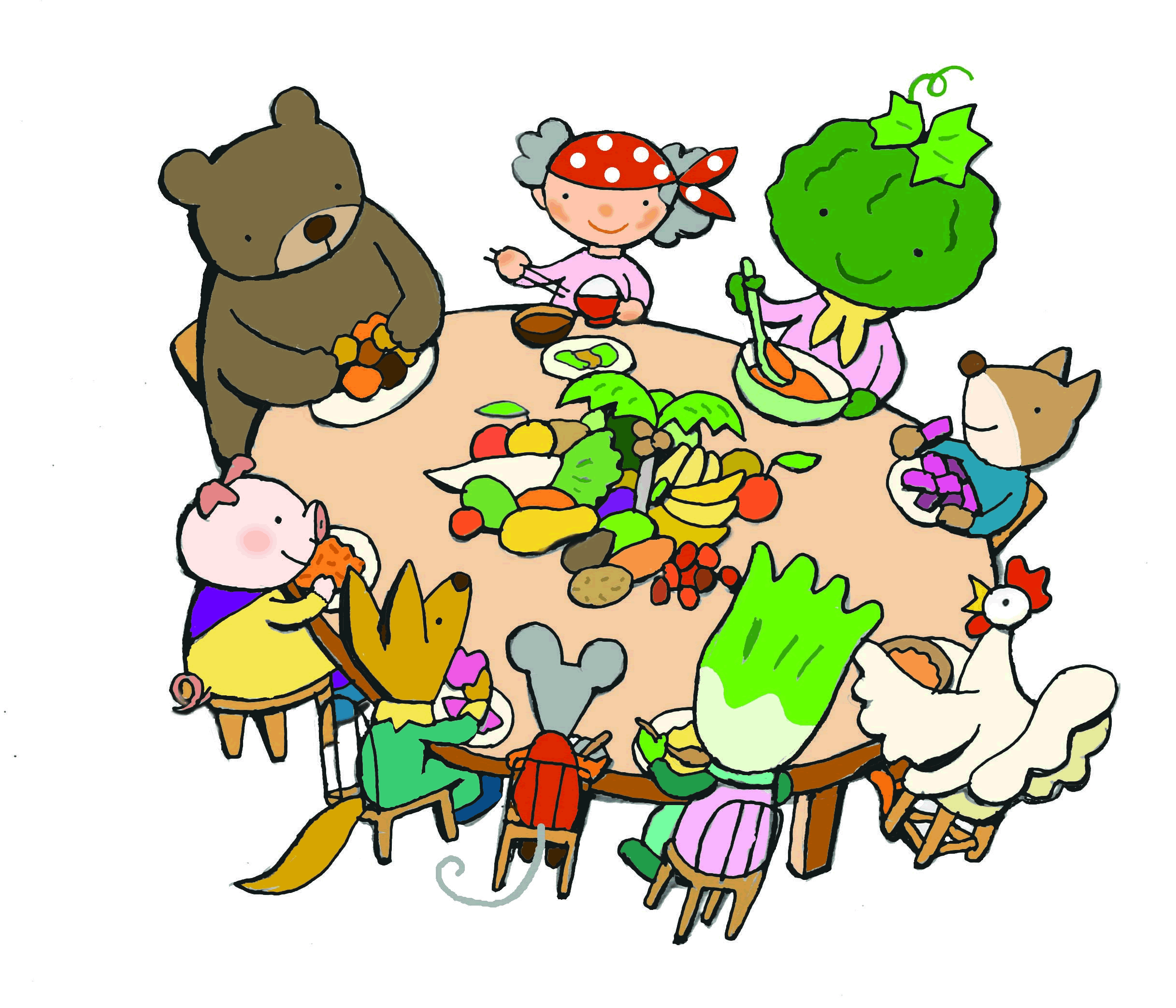Consumers protest against the radiation limits for food:
We strongly protest against the old provisional limit for radioactive contamination of food, while asking the Ministry of Health, Labour and Welfare (MHLW) to reexamine the new limits
Protest Letter
To:
Komiyama Yoko
Minister of Health
December 27, 2011
First of all, we protest against the provisional limit which was set by MHLW as high as 500 Bq per kg, and which have been applied for an extended period of time.
Regarding the new limits for Caesium in food proposed by MHLW on December 21, 2011 there will be 4 categories: “General foodstuffs” (100 Bq/kg), “Food items for babies” (50 Bq/kg, a new category), “Milk” (50 Bq/kg), and “Drinking water” (10 Bq/kg).
Furthermore, these values were intended as a “proposal” to reduce the maximum allowable dietary intake of radioactive Caesium from 5 millisievert to 1 millisievert. Below, we will point out what we regard as the problems with this “proposal.”
We are also concerned that it may take a long time before this interim measure will be reexamined.
We ask the government to consider these points seriously, and to create strict rules according to the suggestions below:
Suggestions
1 Ensure that the annual amount of contamination will be below 1 millisievert
Contamination by radioactive materials should be as low as possible. If we go by the recently proposed regulations by MHLW, the annual exposure of ordinary people will not be reduced to below 1 millisievert, which ICRP is advocating. Instead, the government should make every effort to reduce the internal exposure from food to as close to zero as possible.
In addition to radioactive Caesium, internal exposure also occurs due to radioactive Strontium, radioactive Iodine, Uranium, and Plutonium, etc. In addition, there is the added contamination due to external exposure. By suppressing the annual contamination by radioactive Caesium from food to below 1 millisievert, the total annual contamination can not be suppressed below the 1 millisievert level.
Although it has been reported that it is difficult to convert measurements of Strontium and Plutonium into Caesium, these nuclides also have a large impact on human health. Original standards and levels are thus needed for these as well.
It is our view that the premise by the Food Safety Commission to deal with additional contamination that is due only to food has not been fulfilled under the present circumstances.
There are many areas in Fukushima where the external exposure will be exceeding 1 millisievert due to the radioactive plume as people are breathing radioactive dust. The internal exposure due to food has also been made clear, and it is obvious that children must not be exposed to excessive contamination beyond the external exposure. Therefore, the government should aim at suppressing the internal exposure from food to zero as much as possible.
In order to protect children to the highest degree possible, there is a proposal to use 40 Bq/kg as a an independent limit for school lunches. We regard it as unacceptable that the new provisional limits from MHLW ignores this proposal.
2. Consider the food habits of people
After the Chernobyl accident in Ukraine, strict levels were introduced for staple foods like potatoes and vegetables that are eaten on a daily basis. The levels are 60 Bq/kg for potatoes and 40 Bq/kg for vegetables. Such consideration has not been shown by the Japanese government. We urge MHLW to take people’s eating habits into consideration.
3. Consideration for children is needed: Set strict limits especially to protect infants
Special consideration is needed for children, and the limits for infants should be set as strict as possible. In addition to radioactive Caesium, internal exposure also occurs due to radioactive Strontium, radioactive Iodine, Uranium and Plutonium, etc. There is also external exposure, but the provisional limits for food are set equally to people of all ages. Moreover, even in the case of the limit for food items intended for babies, the limit is too high. For food for babies, the limit is 200 Bq/kg which is not proportional to the weight of babies compared to adults, for whom the limit is 500 Bq/kg.
The US National Academy of Sciences has clearly stated that children and also embryos are 10 times as susceptible to radiation compared to adults, which Japan’s Nuclear Safety Commission has pointed out should be taken into consideration. We regret that MHLW has not sufficiently reflected this in the recent proposal.
4. Careful, public verification needed
Foods should be carefully tested for radioactive materials, and the results should be made public. Especially children, and coming generations yet to be born, need to be protected by the strictest possible regulations.
We demand that the testing should be carried out promptly according to the precautionary principle.
Consumers Union of Japan:
Amagasa Keisuke
Koga Masako
Mashimo Toshiki
Yamaura Yasuaki
Citizens Food Safety Watch:
Kamiyama Michiko
Read more about the new limits:
The Daily Yomiuri: New radiation limits alarm local entities (Dec. 25, 2011)




